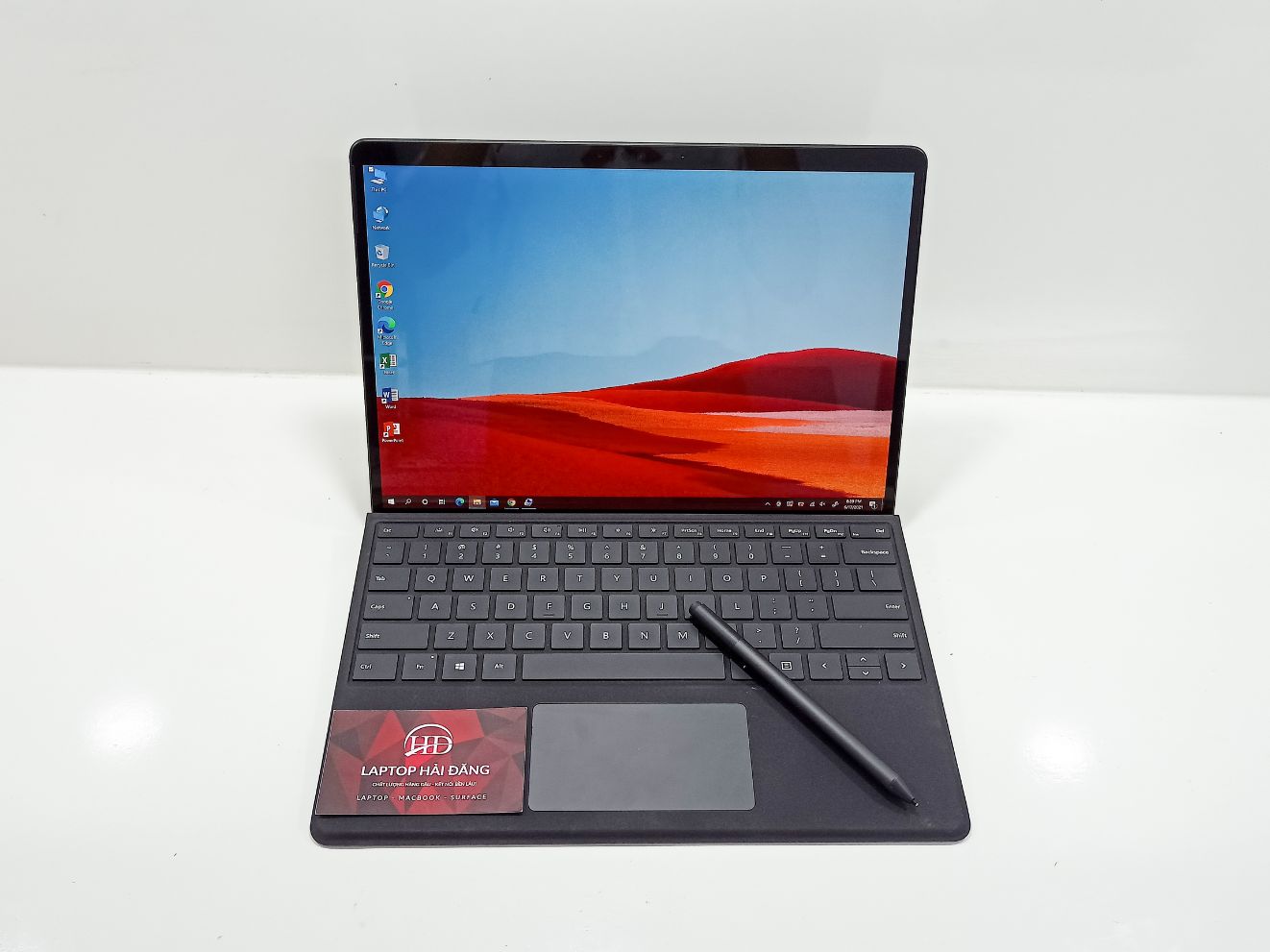
It gets excellent performance, and it just works. The easiest to recommend is a Toshiba/Kioxia BG4 M.2 2230 PCIe SSD. The market for such chips is also much tinier, and why you can sometimes find these on Amazon, they're not always available, and some may be used. It's different from buying a standard laptop SSD as Surface Pro X (and Surface Pro 8) use M.2 2230 PCIe SSD, which are much smaller. Picking which SSD to get for Surface Pro X is the tricky part. Source: Windows Central (Image credit: Source: Windows Central) Popping in more storage could yield +500MB/s improve sequential read scores, which does make everything feel just a smidge snappier. Surface Pro X's default SSD is, at best, mid- to low-range by today's standards for performance. Typically, doubling or even quadrupling your storage also improves the read and write performance due to the parallel nature of how flash storage is accomplished. Even if you wanted to jump from 128GB to something like 512GB, you could do it for as little as $100 ($999 total), whereas it would cost you $1,499 to get the pre-configured Surface Pro X with 512GB.Ī faster SSD is less of a reason to upgrade and should be seen as a side benefit.

Considering even Microsoft doesn't sell a 1TB model, that is fantastic. If you bought the $899 Wi-Fi-only Surface Pro X, you could drop in a 1TB SSD for less than $200, bringing your total cost to just $1,100. You bought a Surface Pro X with 128 or 256GB of storage, and you want more.


 0 kommentar(er)
0 kommentar(er)
